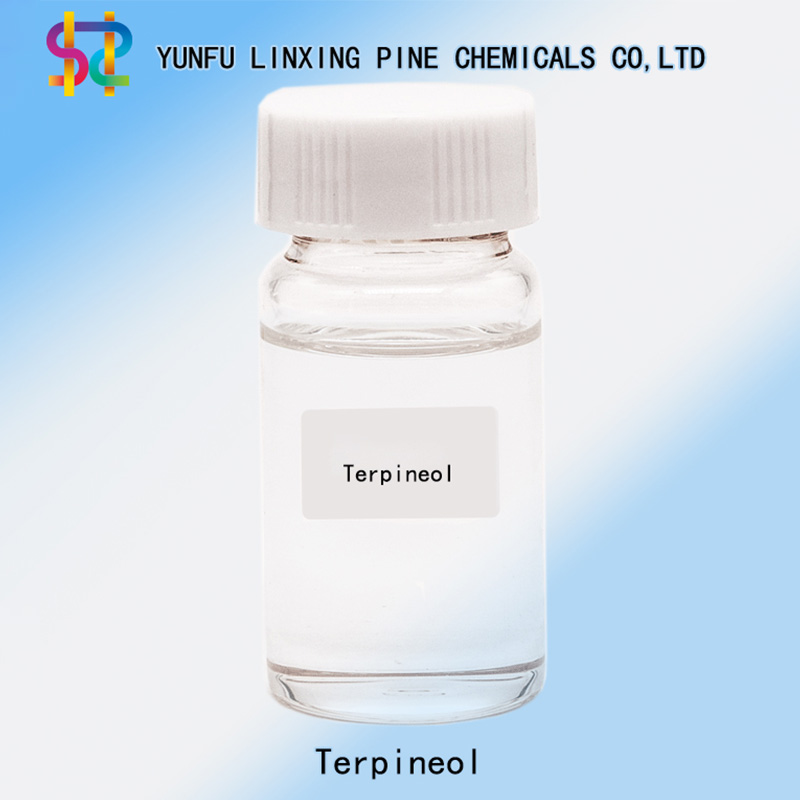The pine chemicals industry has been growing steadily over the past few years. Gum resin has been tapped from pine trees for hundreds of years to use in various applications.
Gum oleoresin is collected today, more than ever, by tapping pine trees and then refined t make rosin and gum turpentine. Many consumer products used today are made from this crucial raw material.
So, how do you create pine chemicals? That is our topic today.

The Production Process of Pine Chemicals
Pine-derived chemicals are made through the distillation of oleoresin or wood carbonization. The chemicals come from three main sources: living trees, dead pine stumps/logs, and a by-product of sulfate pulping.
The pine tree has been used through the ages as a valuable natural source. It was used for fuel and shelter by early civilization.
Three Types of Rosin Derivatives
1. Tall Rosin
Tall oil rosin comes from the distillation of crude oil, a by-product of the kraft pulp-making method. Crude oil (pulp chips from thinned timber) is distilled to produce tall oil fatty acids and tall oil resin (which further ends in fortified rosin)
2. Gum Rosin
Gum rosin is separated from turpentine through the distillation of crude gum from pine trees. Distillation is the process of separating components based on their boiling points.
3. Wood Rosin
Wood rosin comes from the solvent extraction of pine wood chips from stumps. It’s then distilled to make the chemical, although wood rosin is rare today.

The Applications of Pine Chemical Products
Pine chemicals have been used in various industries for many years. It’s one of the most widely used natural products. Here are some of the modern uses:
ü Cosmetics (Rosin derivatives)
Resin derivatives like turpentine can be used in the home care industry to make cosmetics. It has an aromatic compound that makes soap and other cosmetic products effective.
ü Medicine (Rosin derivatives)
Turpentine has been used traditionally as a medical material for centuries. It’s widely applied in the pharmaceutical industry. It has been proven very effective in relieving pain, dispersing, blood stasis, and much more. Rosin derivatives are used as a major component of many medical products.
ü Detergents (Surfactant)
The soap and detergents industry is one of the areas where pine chemicals have found real use. Aside from the aromatic compound, the material creates a bond with dirt, making it easy to wash away the toughest stains.
ü Publications (Printing ink resins)
Resin is used in the publishing industry in the making of ink. Printing ink resins are today produced on a large scale, offering a wide range of use for printing large and small materials.
Turpentine and its derivatives can be used to synthesize terpene rosin, which is a crucial raw material in prints.
ü Construction Materials (Paint resins)
The construction industry can never be left behind when it comes to tapping the benefits of pine chemicals. It’s used in the synthetic and coating industry to synthesize terpene resin used in coating and paint. The strongest point of construction comes from these chemicals. Turpentine synthetic viscose resin is mixed with natural or artificial rubber, creating rubber products or a solvent in the paint industry.

Linxing Pine Chemicals – A Leading Pine Chemicals Supplier
Linxing Pine Chemicals is a popular pine oil manufacturer known for supplying pine chemicals to the world. The company has been delivering these services for many years, with a focus on research & development and customer satisfaction. It’s a company you can rely on for all your pine chemicals needs.
Reach out if you have any questions on pine products or want to make an order.
Conclusion
Pine chemicals are used in almost everything we use every day. They are found in medicine, soap, paint, cosmetics, and many other items. We hope this guide has helped you understand how to extract the chemicals and use them.

